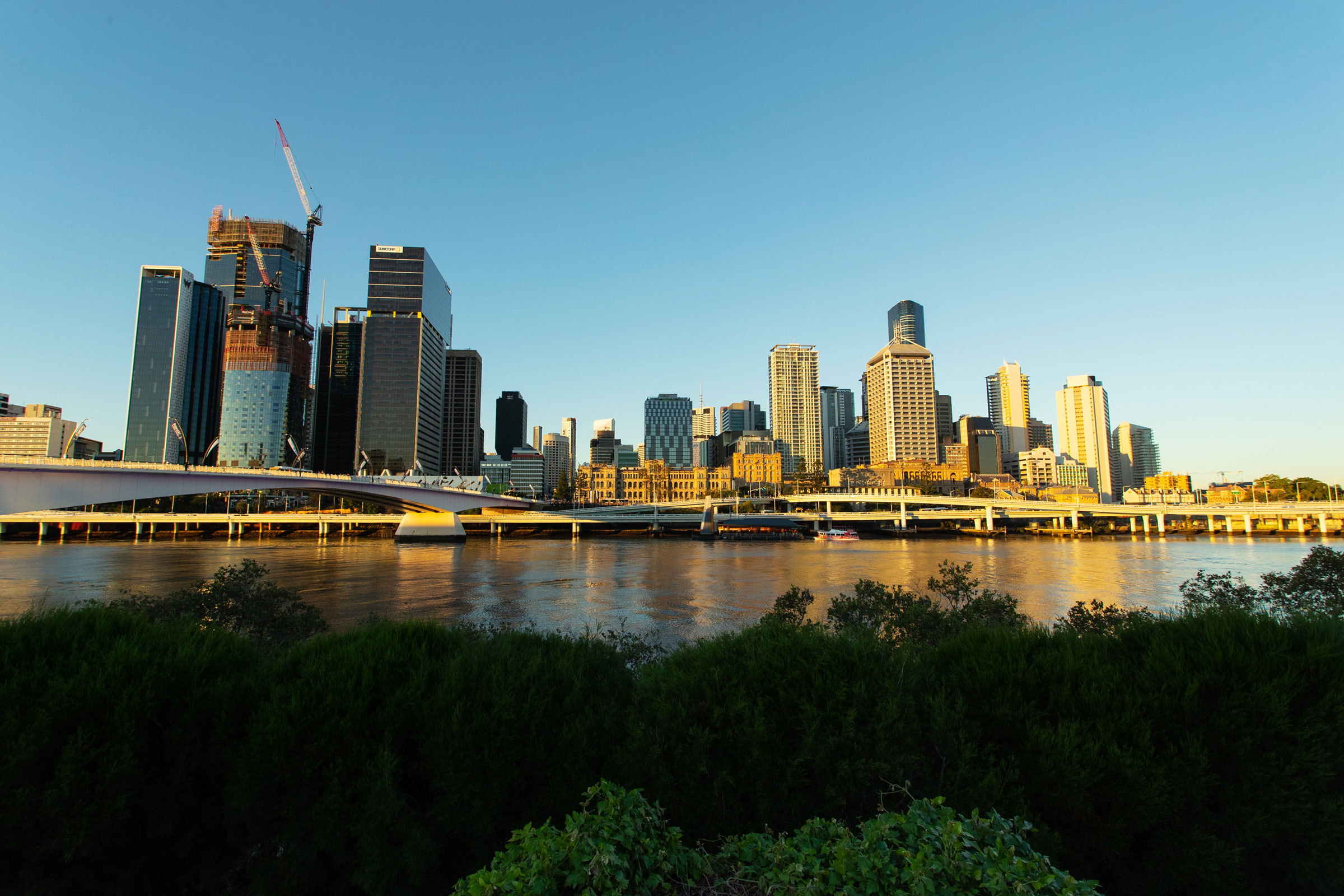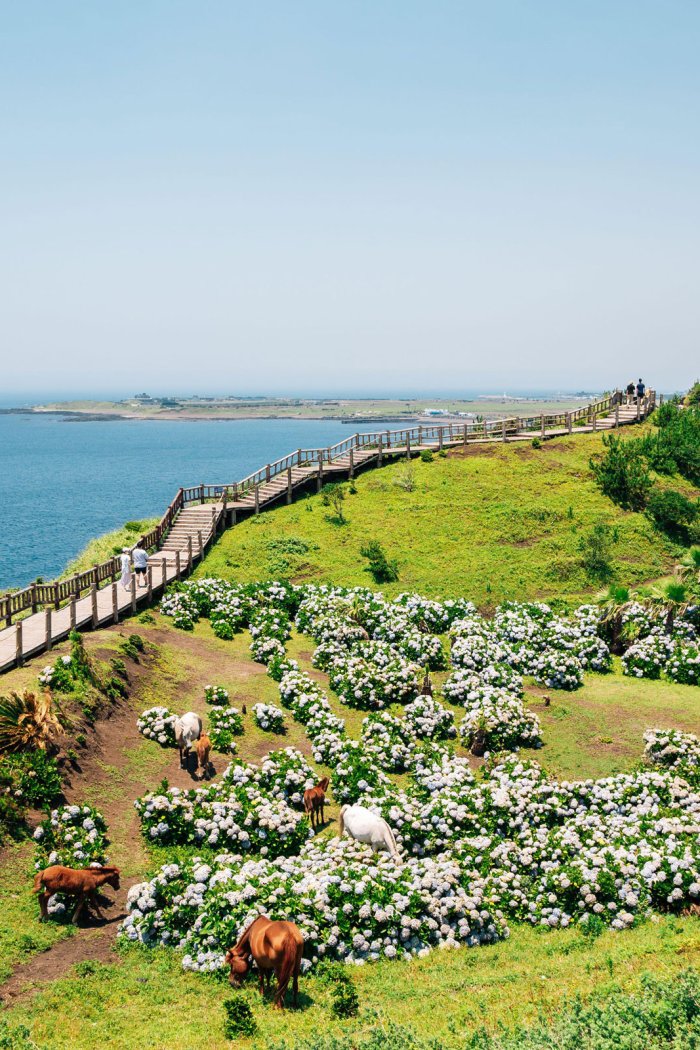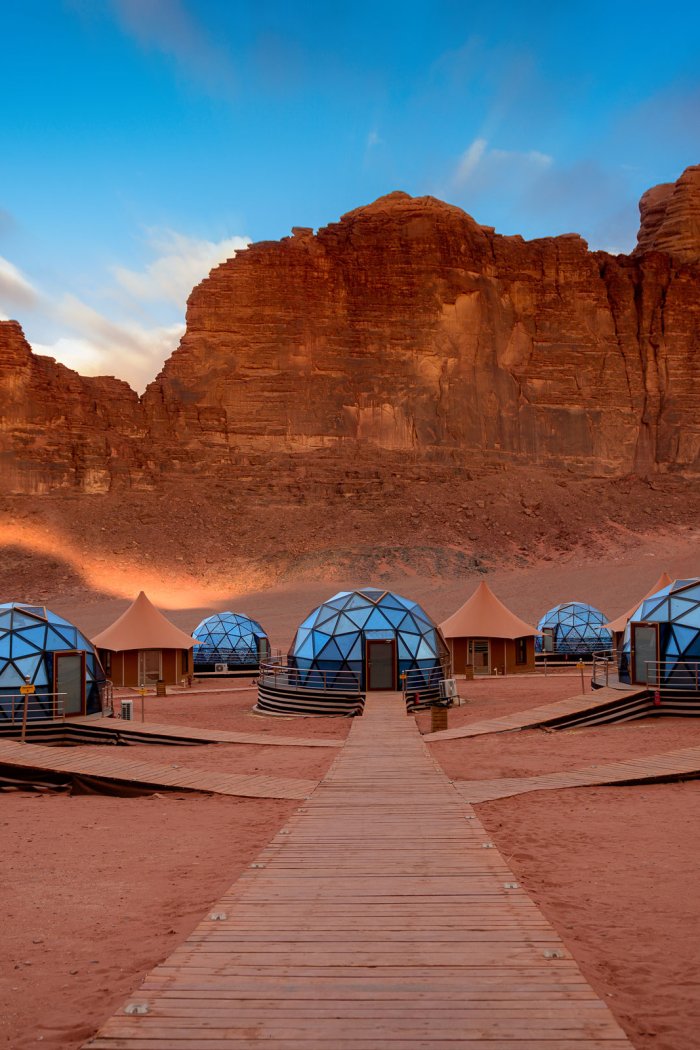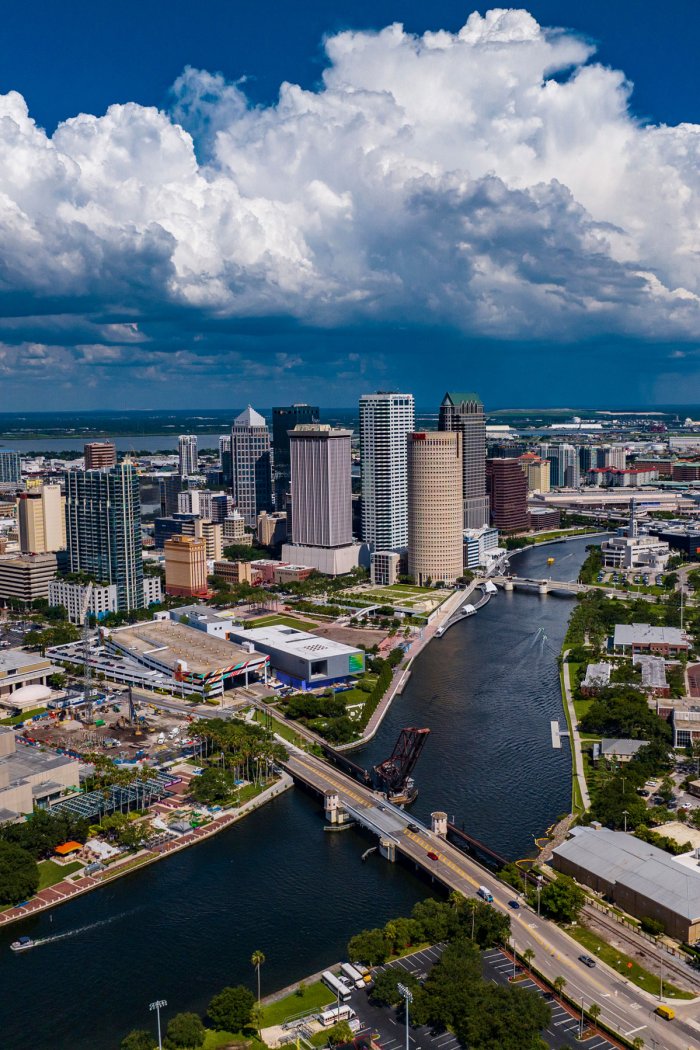Well in advance of hosting the 2032 Olympic and Paralympic Games, the capital of Queensland is already gearing up with ambitious infrastructural advancements, which visitors can enjoy before the crowds pour in. Late last year, United Airlines debuted direct service between San Francisco and Brisbane—the first route of its kind for an American carrier. And this year, it cuts the ribbon on Queen’s Wharf, a $2.6 billion project that repositions the riverfront as the central commercial corridor of the region. The integrated resort cityscape will be home to four luxury hotels, including the Ritz-Carlton and the Rosewood, 50 bars and restaurants, and 2,000 new residential apartments. It begins a phased opening in November 2023, starting with The Star Grand Hotel and much of the retail space. An observation deck rising more than 300 ft. above the Brisbane River will overlook it all, with an open-air rooftop runway beckoning throngs of international tourists arriving for the 2023 FIFA Women’s World Cup (Brisbane is one of nine host cities across Australia and New Zealand).
Beyond the central business district, the James Street Precinct is a welcome testament to how urban development can champion local businesses and artisans rather than supplanting them. The semi-industrial area leverages Brisbane’s perennial sunshine to showcase an outdoor promenade anchored by artsy boutiques and cafés, all under the canopy of Moreton Bay fig trees. The surrounding neighborhood, Fortitude Valley, has recently evolved into a culinary epicenter with new places like sAme sAme showcasing inventive international fare within a laid-back, uniquely Australian atmosphere; a growing assortment of global flavors befitting a now-worldwide audience.
- Cybersecurity Experts Are Sounding the Alarm on DOGE
- Meet the 2025 Women of the Year
- The Harsh Truth About Disability Inclusion
- Why Do More Young Adults Have Cancer?
- Colman Domingo Leads With Radical Love
- How to Get Better at Doing Things Alone
- Michelle Zauner Stares Down the Darkness





